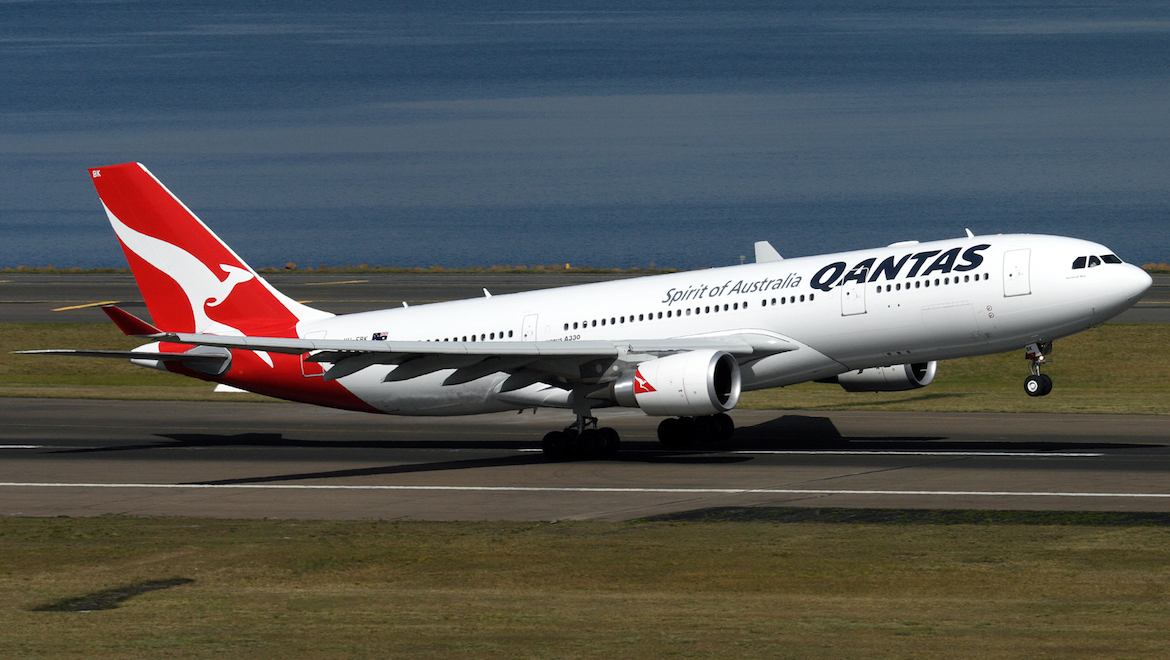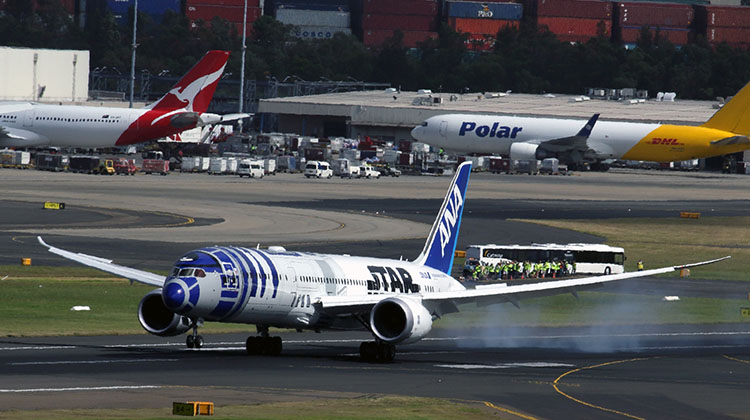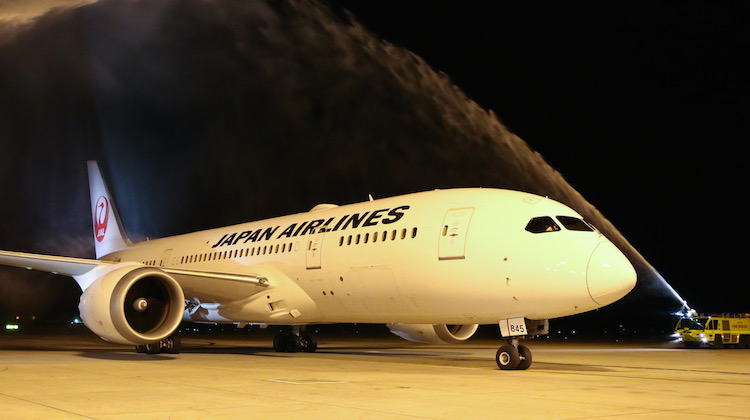
Qantas says it will add a third Japanese destination to its international network in December when it begins seasonal nonstop flights between Sydney and Sapporo.
The new three-times-a-week service with Airbus A330 equipment has been scheduled to commence on December 16 2019 and run until March 28 2020, Qantas said on Thursday.
Sapporo, located in northern Japan on the island of Hokkaido, is a popular skiing destination during the winter months.
Currently, Qantas has four nonstop services between Australia and Japan – Brisbane-Tokyo Narita, Melbourne-Tokyo Narita, Sydney-Osaka Kansai and Sydney-Tokyo Haneda.
Its low-cost carrier (LCC) wing Jetstar also serves Osaka Kansai from Cairns and the Gold Coast, as well as Tokyo Narita from the Gold Coast.
Qantas international acting chief executive Naren Kumar said travel between Australia and Japan was booming.
“The number of Australians travelling to Japan has more than doubled over the past five years, with almost 500,000 Australians visiting Japan in the last 12 months alone,” Kumar said in a statement.
“We expect Japan’s popularity to continue with the country hosting a number of major international sporting events in the next two years.
Kumar, who was appointed acting chief executive of the airline’s international business following the resignation of Alison Webster earlier in April, said Qantas would also offer domestic connections beyond Sapporo on Jetstar Japan.
Flight schedules from the Qantas website showed the new nonstop flight would operate on Mondays, Wednesdays and Saturdays, with the QF39 timed to depart Sydney at 0930 and arrive at Sapporo New Chitose Airport 11 hours and five minutes later at 1835 local time.
The reciprocal QF40 is scheduled as an overnight service that takes off from Sapporo at 2005 and lands at Sydney 0905 the following morning.
The schedules on the Qantas website showed the flights would be served with A330-200s during the initial week of operation.
The airline has 18 Airbus A330-200s that feature three different cabin configurations. Two aircraft have 36 business and 199 economy seats for a total of 235, 10 aircraft have 28 business and 243 economy for a total of 271 and six aircraft with 27 business and 224 economy seats for a total of 251, according to the Qantas website.
Meanwhile, Qantas has 10 of the larger A330-300s, which have 28 business and 269 economy seats for a total of 297.
Qantas’s Sydney-Sapporo flights will commence three months after Japan’s All Nippon Airways (ANA) launches a daily Perth-Tokyo Narita nonstop service on September 1.
It will be ANA’s second destination in Australia, having commenced nonstop Sydney-Tokyo Haneda flights in December 2015.

The fourth airline with nonstop flights in the Australia-Japan market is Japan Airlines, which serves Melbourne and Sydney from Tokyo Narita.

Figures from the Bureau of Infrastructure, Transport and Regional Economics (BITRE) showed 1.44 million passengers travelled on nonstop flights between Australia and Japan in 2017/18, up 10.8 per cent from 1.30 million in the prior year.
Similarly, capacity measured by available seats rose 9.36 per cent to 1.76 million. With demand growing faster than capacity, average load factors – an industry term measuring how full flights are – increased 1.1 percentage points to 82.4 per cent.
Japan is Australia’s 10th largest international passenger market, based on the BITRE uplift and discharge data.
While encouraging, the numbers are still some distance short of the heady levels reached in the 1990s when there were more than 2.5 million seats a year between Australia and Japan, with Qantas the dominant carrier on the route.
In 1999, total seat capacity was still about two million.










